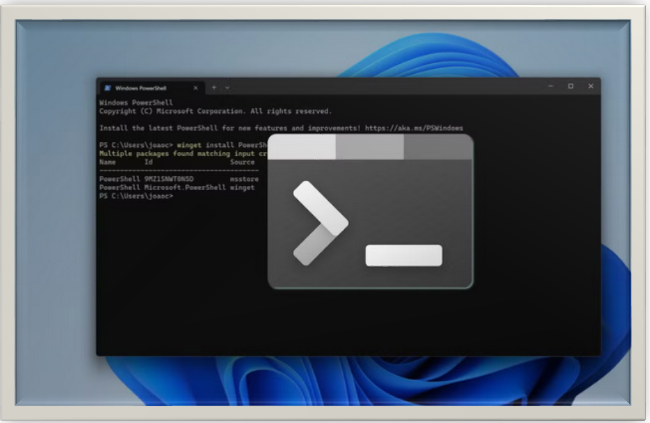HOW TO VIEW A PENDING REBOOT IN WINDOWS USING CMD AND POWERSHELL: FOUR EASY METHODS
Discover four effective methods to check for pending reboots in Windows using Command Prompt and PowerShell. Enhance your system administration skills with these easy steps!

INTRODUCTION:
Are you curious if there's a potential that any unfinished reboots on your Windows system are waiting to be completed? It's essential to comprehend and manage impending reboots if you want to maintain your PC's health and stability. Although alerts frequently prompt you to restart, there may be occasions when you need to perform a physical check. We'll explore four fundamental methods for reviewing pending reboots in Windows using PowerShell and Command Prompt in this beginner-friendly guide. Following these tips will help you stay informed about impending reboots and take the necessary action to ensure your system operates without hiccups.
Understanding Pending Reboots:
Pending reboots occur when specific system updates or modifications necessitate a reboot to take full effect. These updates may involve installing software, updating the system, or altering fundamental system files. Reviewing pending reboots is important to ensure that all necessary updates and your system stays stable and safe.
Why Check Pending Reboots?
• Taking Control: Occasionally, updates download silently and wait for your approval before restarting. By checking ahead, you can schedule your reboot for a convenient time.
• Troubleshooting Issues: If your system is behaving strangely, it's possible that a pending restart is to blame. Identifying it can help narrow down the problem.
Method 1: Using Command Prompt
1. Open Command Prompt
Open the Command prompt by pressing the “Windows key” on your keyboard, type “cmd” then right-click on "Command Prompt" and choose "Run as Administrator" to open the Command Prompt with administrator rights.
2. Run command:
Type the following command in the Command Prompt window and hit Enter:
'''
shutdown /a
'''
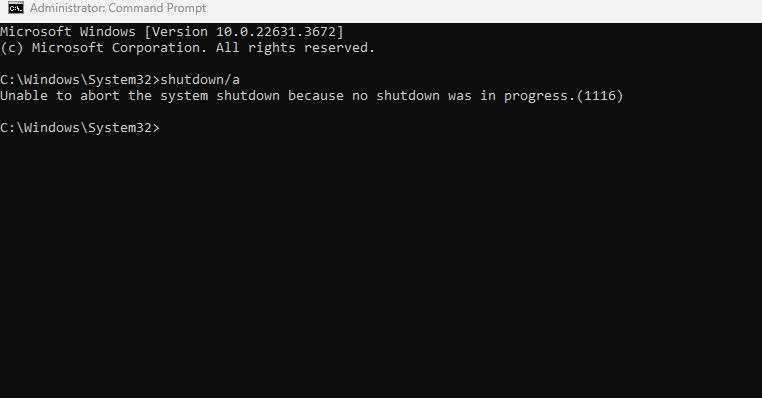
This command looks for any pending reboots and, if it finds any, cancels them.
OR
'''
shutdown /f /q /hybrid /hiberboot
'''
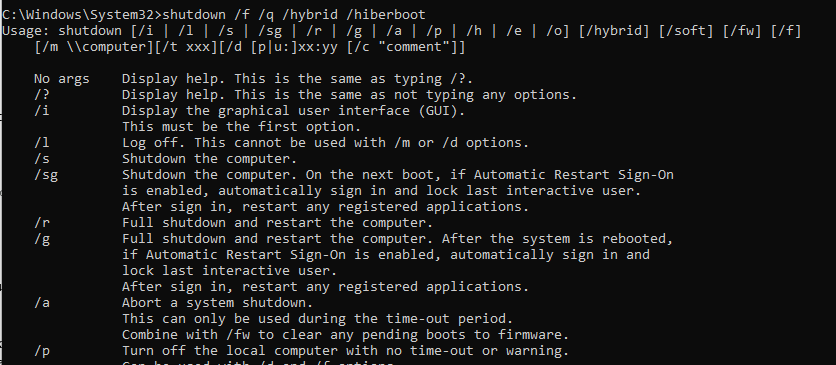
Justification
/f: Forces any running applications to close (be sure to save your work!)
/q: Quits system messages, so you won't see a confirmation prompt.
/hybrid: Uses a hybrid shutdown mode, combining a shutdown and hibernate for faster restart.
/hiberboot: Enables Hibernation mode, which saves your system state to disk before restarting.
2. Examine the results:
The Command Prompt will essentially revert to the flickering cursor in the unlikely event that there isn't a pending restart.
If you need to restart, you will see a message that says "The system is shutting down..." and a countdown. You can press “Ctrl+C” to stop the shutdown in the middle of the countdown.
Method 2: Making Use of PowerShell
An additional method to look for impending restarts is with PowerShell. A little more knowledge of cmdlets, mini-programs inside PowerShell, is needed for this strategy. This is how it is done:
1. Open PowerShell: Press the “Windows Key” on your keyboard and type “PowerShell”, then right-click on the “Windows PowerShell” and select “Run as Administrator” to open PowerShell with authoritative features.
2. Run Command: Type the following command in the PowerShell window and hit Enter:
'''
Install
Install-Module PendingReboot
Run
Test-PendingReboot -Detailed
'''
View the Results
In the unlikely event that PowerShell detects no pending restart, "False" will be displayed.
Should a restart be necessary, "True" will be displayed along with more information, such as the reason for the restart.
Method 3: Using System Information:
Open Command Prompt: As seen in the first method, Open Command Prompt as an administrator.
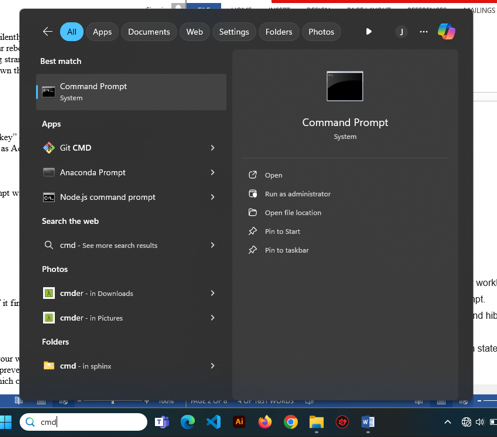
Run Command: Type the following command in the command prompt and hit enter:
'''
msinfo32
'''
With this command, the system information window is opened.
Review System Information: Open the system information window and navigate to "System summary" > "System Events." Look for any parts that mention pending reboots.

Method 4: Using Registry Editor
Open Registry Editor: To launch Registry Editor, hit Enter after pressing the Windows key on your keyboard and entering "regedit".

Go to Registry Key: Open Registry Editor and navigate to the following key:
HKEY_LOCAL_MACHINE\SOFTWARE\Microsoft\Windows\CurrentVersion\Component Based Servicing\RebootPending

Go to HKEY_Local machine

Navigate to software and then Windows.
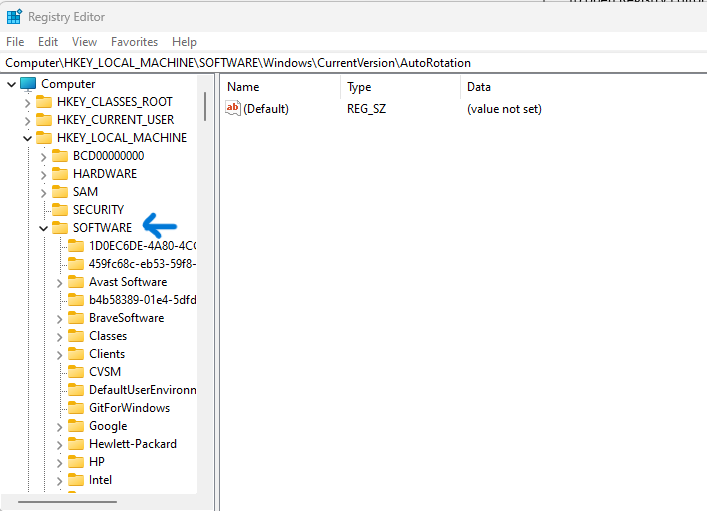
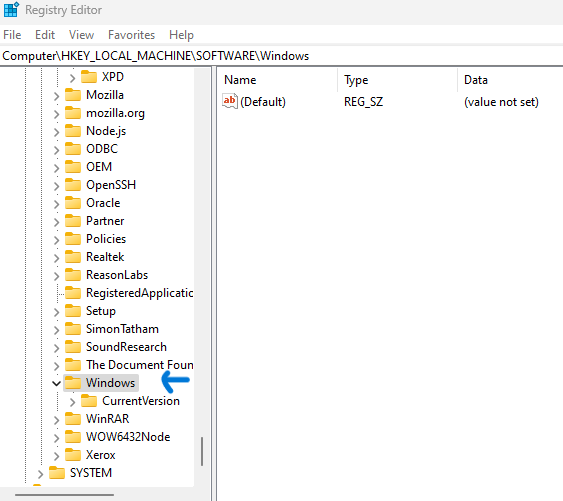
Review Reboot Pending Status: Check the "RebootPending" DWORD's value. A value of "1" indicates that a reboot is imminent.
CONCLUSION:
Using Command Prompt to force a restart may result in data loss if programs haven't saved their work. It's best to physically shut down programs before initiating a restricted restart. Reviewing pending reboots in Windows may be a crucial task to ensure that system updates and changes are applied successfully. By following any of the four methods described in this article, apprentices can successfully review pending reboots using Registry Editor, PowerShell, Command Provoke, or System Data. Learning about pending reboots enables you to manage system upgrades competently and maintain the stability and security of your Windows computer.
Thanks for reading.
If you like the article, consider sharing and subscribing. ;)

